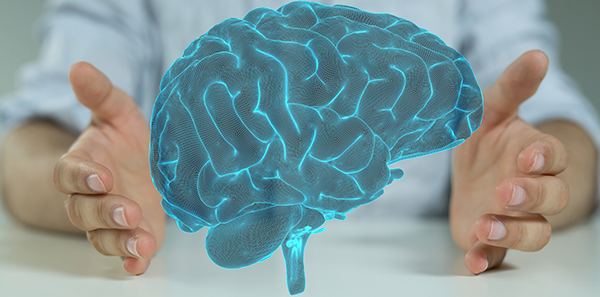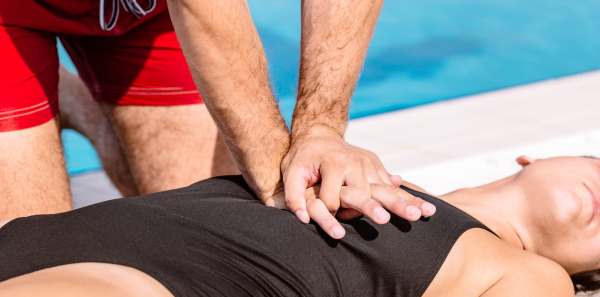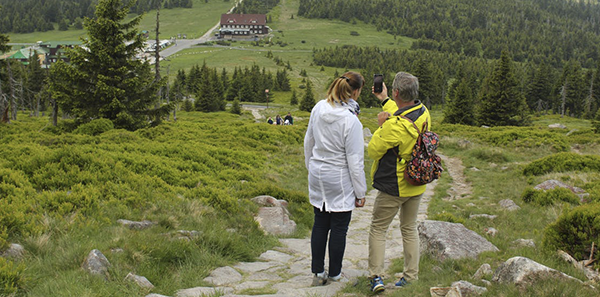
Stroke or cerebrovascular accident (CVA) occurs when there’s bleeding in the brain from a ruptured blood vessel (haemorrhagic stroke) or a blockage in the blood flow supply (ischemic stroke). If brain neurons don’t receive oxygen and essential nutrients, they begin to die within minutes.
Signs of stroke
You will need to put the person through a series of tests:
- Smile: ask them to try and smile to see if there are asymmetries in the face, lips, eyelids, etc.
- Speak: ask them to try and say something coherently.
- Arm lift: see if they can lift both arms, or have difficulty, or are unresponsive.
First Aid guidelines
Stroke is an emergency situation, so you must act accordingly:
- Protect and isolate the person and make sure they’re in a calm environment.
- Alert the emergency services (112).
- Don’t give the person anything to drink or food.
- Don’t force the person to move.
- How to help:
- If the person has seizures, protect them from harm: place them on the floor with their head on something padded, loosen tight clothing, don’t hold them or put anything in their mouth.
- If they’re breathing, place them on their side in the recovery position.
- If they’re not breathing and there’s no pulse, perform CPR (cardiopulmonary resuscitation):
- Place your hands on the person’s forehead and chin and tilt their head back. Pinch their nose with your index finger and thumb. Seal their mouth with yours. Blow out air for about 1 second, 5 times and then allow the lungs to empty by releasing your fingers from their nose.
- Perform 30 compressions at a rate of 110 per minute with hands clasped over the centre of the chest (at the bottom end of the breastbone).
- After the first cycle, keep performing 2 ventilations and 30 compressions.
The faster you act the better the patient’s prognosis and progress will be. So you need to stay with the victim until they’re treated by the emergency medical services and taken to hospital.












